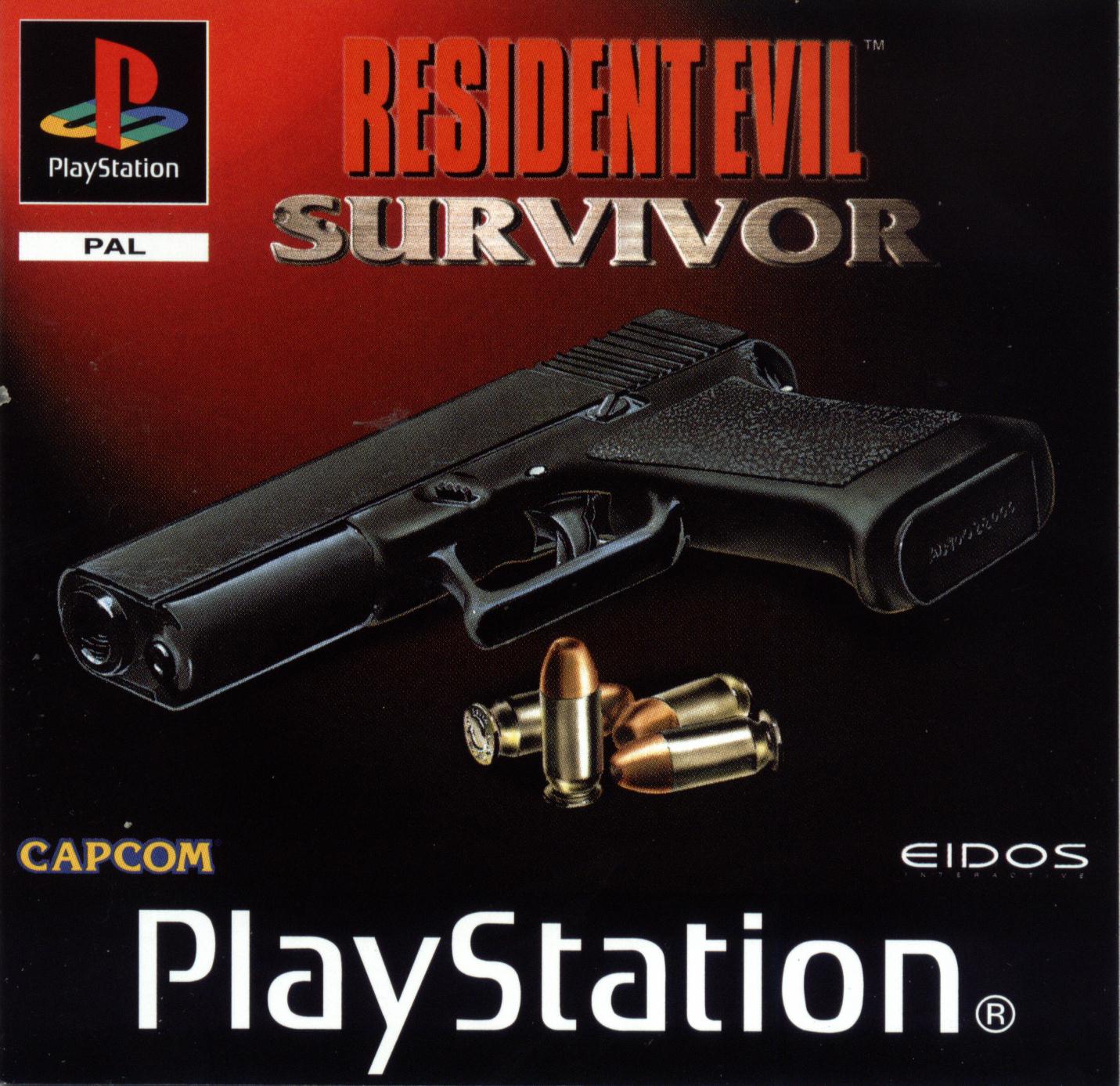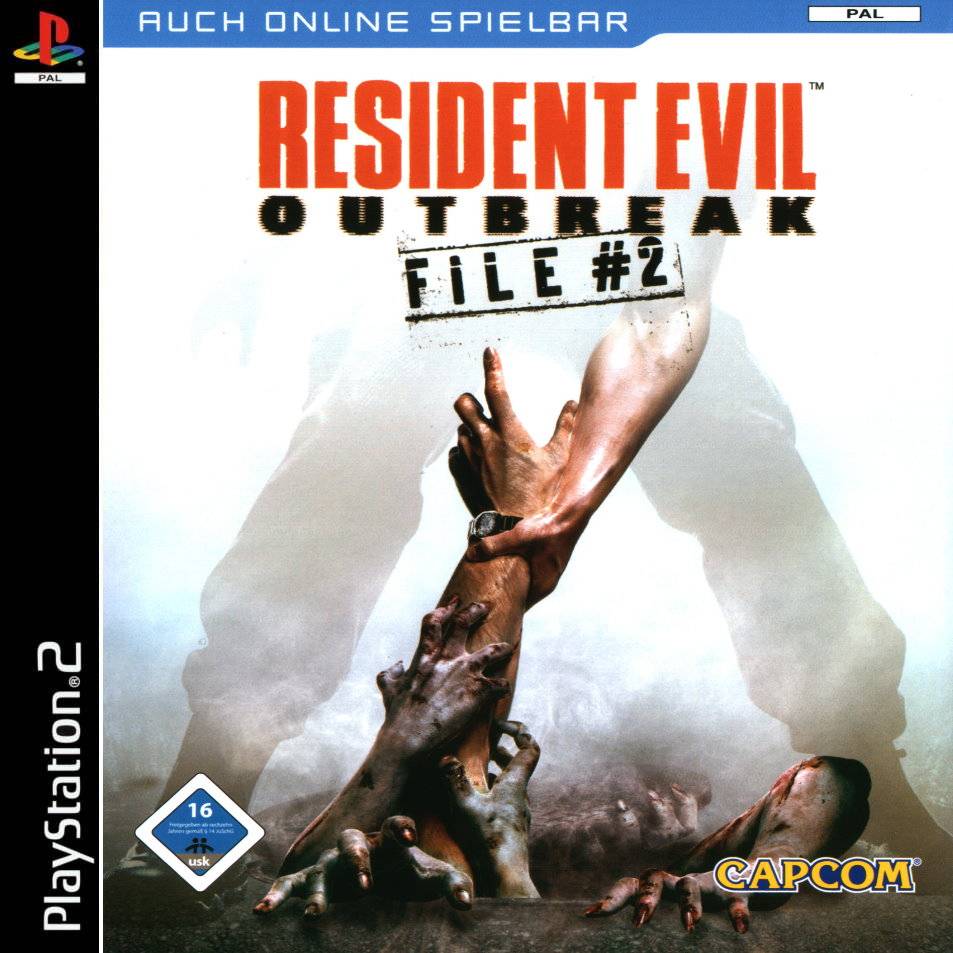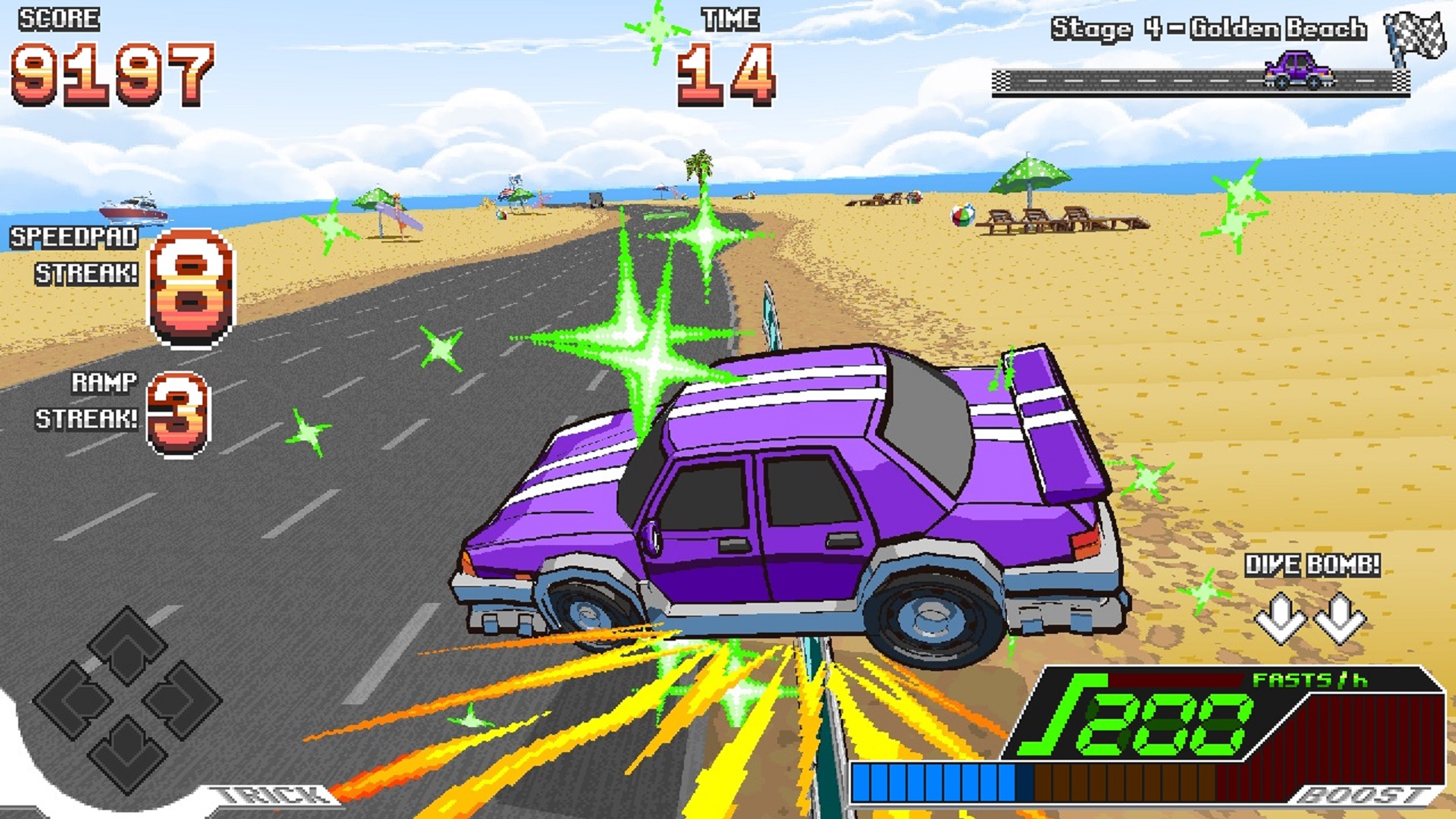Share
Top Secret Files
No matter how you spin it, it’s been a great time for Resident Evil fans recently. Having returned to its survival horror roots with Resident Evil 7: Biohazard, we’ve also witnessed two strong remakes of Resident Evil 2 & 3 this last generation and last week, we got a clear look at what the latest entry holds. Revealed within a Resident Evil showcase, Capcom announced plans to launch on May 7th, Resident Evil Village, giving us a PS5 exclusive “Maiden” demo and peak at the new multiplayer offering, Re:Verse. Capcom have got fans talking. Not to mention more information about the latest villain, Lady Dimitrescu, who we are certain players hold a perfectly innocent interest regarding.
Acting as 7’s direct sequel, Village takes place several years later and we’ll be playing as Ethan Winters once more. It’ll be a few months yet before we can get our hands on it though, and some fans have begun replaying older entries in preparation. Capcom have ensured each main entry is available on modern platforms, which is certainly helpful, but a lot of players have done them to death. Like many big franchises though, Resident Evil is also home to some more peculiar spin-offs, ones that may have completely slipped past you. Languishing in obscurity, several hold technical elements that would complicate a re-release. So, even if Capcom was interested, it seems extremely unlikely they’ll ever return to modern consoles.
At the least, they offer a curious diversion and whilst we wait for Village’s launch, here’s a few alternative suggestions to occupy your time.
Resident Evil Survivor

Light gun games have historically been confined to arcades these days but in the PS1 era, Namco were at the forefront. Creating a light gun controller known as the G-Con, Time Crisis became a big success with players and several years later, Capcom followed suit. Resident Evil Survivor was the result back in 2000, taking place after the nuclear missile strike on Raccoon City. Having escaped a burning helicopter crash on Sheena Island, our protagonist Vincent Goldman is suffering from amnesia, unsure to why he’s there or who he is.
Though it reviewed poorly, it established the Gun Survivor series, and a PS2 sequel based around Code Veronica followed. Incorporating enemies from Resident Evil 2 and 3: Nemesis, you played as both Claire Redfield and Steve Burnside, having been taken prisoner at Umbrella’s Rockfort Island prison. Switching between the on-rails shooter arcade gameplay and a dungeon mode reminiscent of modern survival modes, you don’t need to look into this one’s story too heavily. Using one of storytelling’s worst tropes to retcon the events, those events were all a dream.
Resident Evil: Dead Aim

Which leads us onto Resident Evil: Dead Aim, the Gun Survivor series last entry. Following on from a Dino Crisis spin-off called Dino Stalker, Dead Aim launched for PS2 back in 2003, uniquely using a first-person approach for shooting and third-person movement. Set four years after Raccoon City’s destruction, Dead Aim sees the world held hostage by Morpheus D. Duvall, an ex-Umbrella employee who holds missiles armed with the T-virus. Playing as Bruce McGivern and with assistance from Fong Ling, it was generally considered the best Gun Survivor entry but saw criticism for its cheesy story. Like most of these games, its barely been acknowledged ever since, though our protagonists did also make an appearance within Namco X Capcom.
Resident Evil Outbreak

Capcom’s attempts to create a multiplayer-focused Resident Evil have generally received mixed reception. These days that comes as part of a larger game, like Village’s upcoming Re:Verse mode or Resistance in the Resident Evil 3 Remake, having seen bad reviews for entries like Operation Raccoon City and Umbrella Corps. They weren’t the first to try and this multiplayer focus began back on PS2 with Resident Evil Outbreak in 2004, marking the first game to offer online functionality and co-operative gameplay.
Playing similar to the Resident Evil 1’s remake with some adjustments, it takes place days after the T-virus outbreak in Raccoon City, letting you control eight different characters. Despite the PAL version removing online support and mixed critical reception, it was successful amongst fans and received a standalone expansion in Resident Evil Outbreak: File #2, offering five new scenarios with the original cast. Capcom’s official servers have long gone down but even now, dedicated fans have tried keeping it alive.
Resident Evil Gaiden

We’ve not seen many Resident Evil games designed for handhelds. Excluding The Mercenaries 3D and Revelations on 3DS, Capcom have traditionally targeted home consoles but back in 2001, they made a rare exception. Released for Game Boy Color, Resident Evil Gaiden was quite a significant departure from the main entries, most of which can be attributed to technological limitations. Playing as Leon S. Kennedy, this non-canon entry saw you exploring an infected passenger ship from a top-down perspective, accompanied by Barry Burton and players would move to first-person when entering a battle. It received praise for its story, though many reviewers weren’t as hot on the gameplay.
Resident Evil: The Umbrella/Darkside Chronicles

The Chronicles games make for an interesting juncture in Resident Evil’s history. Most spin-offs tried to establish their own stories, but like Survivor 2, Chronicles took a different approach by retelling the plot of several main entries, all within an on-rails shooter. With Resident Evil 5 destined for Xbox 360 and PS3, 2007 saw The Umbrella Chronicles launch on Nintendo Wii not long after 4’s Wii port. Told from Albert Wesker’s perspective, we revisited Resident Evil Zero, Resident Evil and Resident Evil 3: Nemesis, culminating with an original final chapter.
It’s a formula which proved successful for Capcom, who soon began work on a follow-up called The Darkside Chronicles. Released two years later and retaining the on-rails shooter gameplay, this entry also worked as a Resident Evil 4 prequel, set two years beforehand. Playing as both Leon S. Kennedy and Claire Redfield, it retold Resident Evil 2 and Code Veronica’s events. Though it wasn’t as well received, it still sold well and three years later, Capcom ported both games onto the PS3 in a singular package. Dubbed the “Resident Evil Chronicles HD Collection” and sporting PS Move functionality, that was a digital only release in the West, so it didn’t garner as much attention.
Continued Mutations
Resident Evil has proven to be a franchise that can stand the test of time, and the test of numerous identity crises. It is no doubt that the franchise will continue to evolve much like its mutagenic viruses, and that there will always be a few strange off-shoots that grow as a result. While many, like the games listed here, are destined to be forgotten or remembered merely as footnotes, for any franchise to experiment this much is commendable, even if it is a doomed as the scientists in most Resident Evil games.




